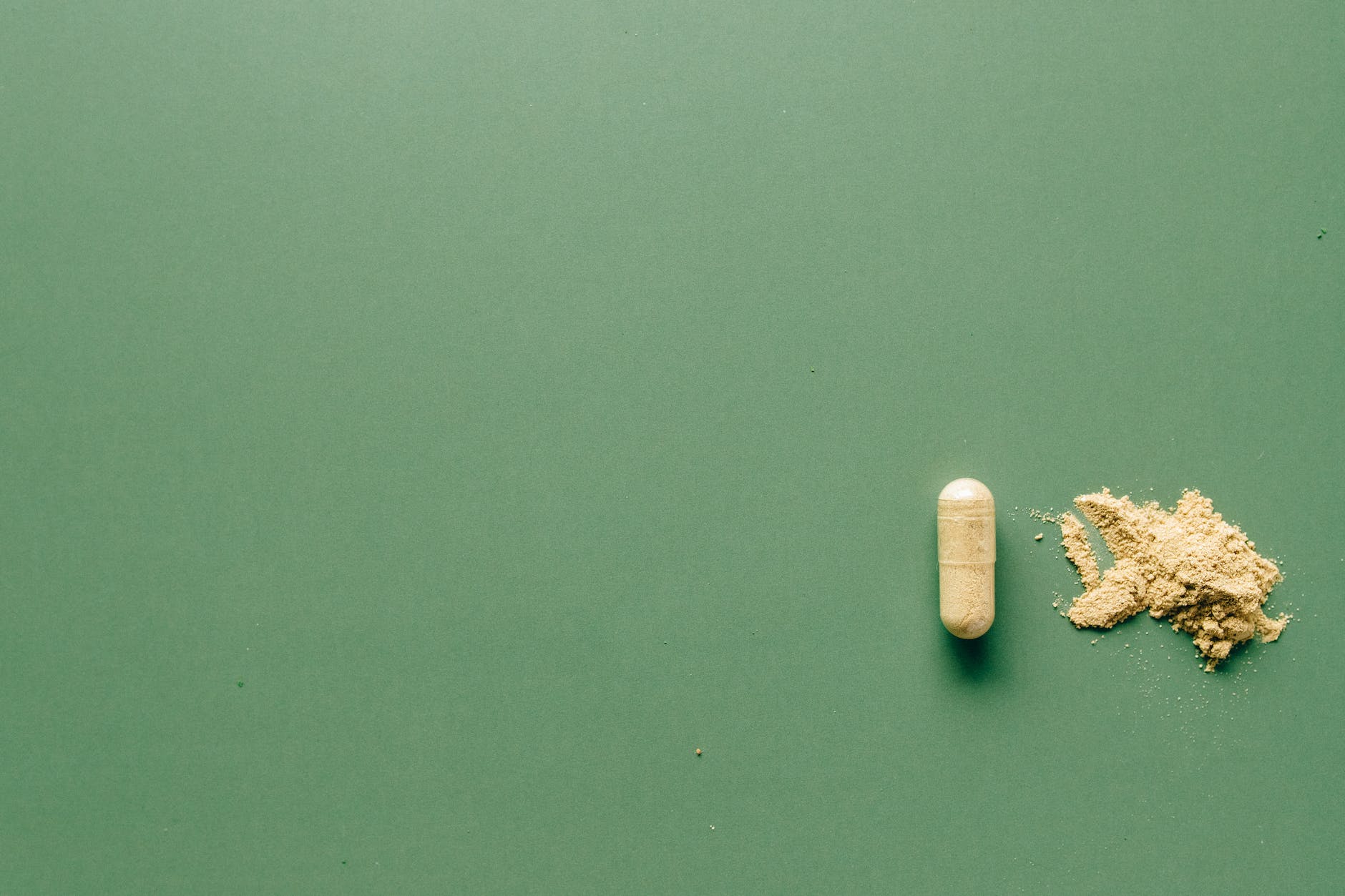
Pills
There is no foolproof method of contraception that can be suggested to everyone. The key is to zero in on the one that works best for you. Multiple considerations are required, such as ease of access, effectiveness, and cost.
Condoms and oral contraceptives are among the most commonly used pregnancy prevention methods. There are many factors to consider when choosing the best way, such as costs, potential pregnancy initiatives, side effects, etc.
Here is a detailed look at the various forms of birth control currently available. However, discussing your options with your doctor before making a final decision is recommended.
What is contraception?
Pregnancy can be prevented with the help of contraception, also known as family planning or birth control. The goal of using contraception is to prevent the fertilization of an egg.
Several methods of birth control are available. While no technique can guarantee results, some are more reliable than others. Some forms of contraception, though not all, can also avert the spread of sexually transmitted diseases.
Options for contraception
1. The use of barriers
These may include the following options:
- Diaphragm: Silicon diaphragms take the form of shallow, domed cups. You put the diaphragm (a few inches in diameter) in your vagina. Then, it seals the cervix to prevent sperm from entering the uterus. Remember that diaphragms require the use of spermicide to be fully effective.
- Cervical cap: A cervical cap is a tiny cup that looks like a sailor’s hat and is made of flexible silicone. To protect your cervix, you must insert it far into your vagina.The cervix is protected from fertilization by a cervical cap. A cervical cap is most effective when used in conjunction with spermicide.
- Contraceptive sponge: The sponge is a spherical piece of white Styrofoam with a slight bulge on one side and a polyester loop across the top, similar in appearance to the material used for shoelaces. According to the suggestion of the doctors it measures only two inches across and is placed high in the vagina before sexual activity. The sponge does double duty, blocking your cervix to stop sperm from entering your uterus and releasing a steady stream of spermicide. Picture a bouncer at the entrance to your uterus, and you have the idea.
- Spermicide — It is a chemical compound known as spermicide that kills sperm. You can get them over the counter at almost any drugstore. Gels, foams, creams, films, sponges, suppositories, and tablets are some of the spermicides found in stores.
2. Long-acting reversible contraceptives
There are two varieties of uterine devices (or IUDs).
- Copper-containing IUD – Although it can be removed anytime, it is effective for at least 10 years. There are no hormones in the Copper IUD. When using a copper intrauterine device, some women experience heavier or longer menstrual bleeding than usual.
- IUD that releases levonorgestrel – This IUD (which comes in various dosages) releases the hormone levonorgestrel, which stiffens the uterine lining and smooths the endometrium (the lining of the uterus). The bleeding and pain associated with your period will be reduced using this IUD. Although IUDs can be left in place for six months, their removal is possible anytime. They do an excellent job of preventing unwanted pregnancies.

Pills
3. Fast-acting hormone therapies
Synthetic estrogen and progestin are found in combined hormonal contraceptives (CHCs), which thicken cervical mucus and prevent pregnancy by preventing ovulation (the monthly release of an egg). The available choices are:
- Hormonal contraceptives: These hormone supplements are a form of medication. Pills to prevent pregnancy typically come in packs and require daily use. Taking your tablet at the prescribed time daily will have the desired effect and won’t break the bank. The medicine has many other positive health effects besides just preventing pregnancies.
- Contraceptive pills: These can be divided into two categories as combination pills (aka combined oral contraceptives, or COCs) and pure progestin pills (aka POPs or mini-pills)
- A ring and a patch: Similar hormones to the pill are delivered by the ring and patch. The patch is applied to the skin and removed once weekly for replacement. The ring is made of soft plastic and is worn in the vaginal canal before being removed and replaced monthly. Once a month, you’ll get your period when you skip wearing the patch and ring.
- The birth control shot: If you get your synthetic progestin (Depo-Provera) injection from your doctor outside the recommended 11- to 13-week window, its effectiveness will decrease.
4. Sterilization
This contraception is effective for the rest of the time. Male and female sterilization procedures include vasectomy and tubal ligation.
5. Methods of fertility awareness
Natural family planning can refer to using Fertility Awareness Methods (FAMs). Using FAMs, you can determine which days of the month are best for conceiving. If you don’t want to get pregnant, you should avoid having sex on those days or use another form of contraception.
Women with regular menstrual cycles benefit most from FAMs. In general, FAMs are not as effective as other forms of birth control, such as IUDs or hormonal methods, in preventing pregnancy.
Conclusion
When deciding on a form of birth control, it’s essential to consider how well it protects against HIV and other sexually transmitted diseases (STDs). IUDs and hormonal contraceptives are very effective at preventing pregnancies, but they do not offer any protection against sexually transmitted diseases like HIV. If you want to know which method of birth control is best for you, talk to the best doctor.
FAQs
1. What method of contraception causes fewer adverse effects?
The IUD (intrauterine device) appears to have few side effects compared to other forms of birth control. Because of this, it has quickly gained favor among women of all ages. A doctor can insert an intrauterine device (IUD) to prevent pregnancy.
2. When is it best to use contraception?
You’ll need additional contraception until you’ve taken the pill for 7 days. It would be best not to start taking medicine after the 5th day of your cycle unless you have taken all necessary precautions to avoid becoming pregnant since your last period.
3. How do you maintain your health while using contraception?
Drink milk, eat yogurt, and chow down on some cheese to get your calcium fix. In addition to milk, other sources of calcium include Gallo beans, cruciferous vegetables, almonds, tortilla chips, mustard greens, leafy green vegetables, soy set with calcium, broccoli, kale, and calcium-fortified soy milk. Take advantage of orange juice’s calcium content.






